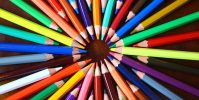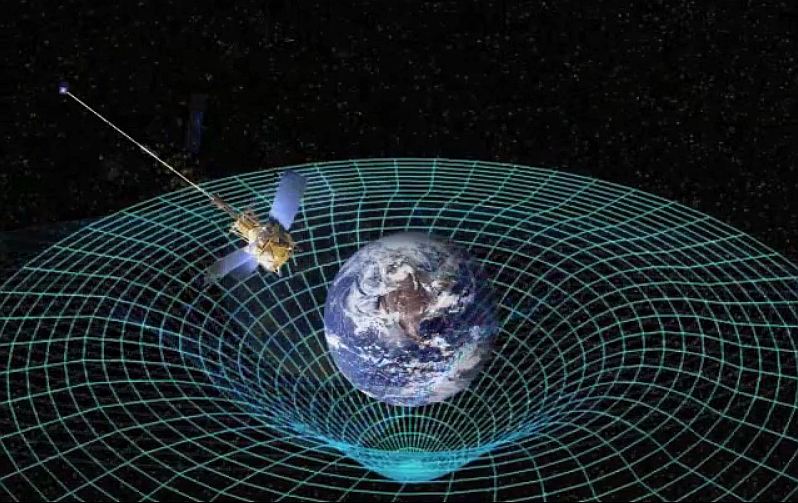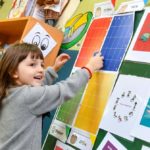Astronomy Experiments for Middle School Students
Astronomy Black Hole Bucket Activity (video)
This helps to teach and show the idea that gravity is the structure of space and time itself. Massive objects curve space. How much space curves depends on how massive the object is, and how far you are from the massive object.
Materials:
- Two buckets with holes in the bottom
- 2 bungee cords
- 3 different sizes of marbles
- 2.5 lb weight
- 0.5 lb weight
- 3 squares of stretchy fabric
- Rubber band
- 4 feet of string
- Fishing bobber
- Drinking straws
- Softball
- Playdough (optional)
Pinhole Sun Projector (video)
The inlet hole is tiny and lets in such a small amount of light and makes a faint image. If you make the hole larger, you get a brighter image, but it’s much less focused. The more light rays coming through, the more they spread out the image out more and create a fuzzier picture. You’ll need to play with the size of the hole to get the best image.
Materials:
- box
- tracing paper
- razor or scissors
- tape
- tack
Astronomy Plasma Grape Activity (video)
Plasma is what happens when you add enough energy (often in the form of raising the temperature) to a gas so that the electrons break free and start zinging around on their own. Since electrons have a negative charge, having a bunch of free-riding electrons causes the gas to become electrically charged. This gives some cool properties to the gas. Anytime you have charged particles (like naked electrons) off on their own, they are referred to by scientists as ions. Be careful with this! This experiment uses a knife and a microwave.
Black Holes Explorer Game (pdf)
Created by a team of scientists, you can use this set of instructions to build your own black hole board game. It plays two different ways: competitively and cooperatively. Black Hole Explorer was created for NASA by the Harvard-Smithsonian Center for Astrophysics.
-love learning -your best ed lessons guide, Scott





1 Comment